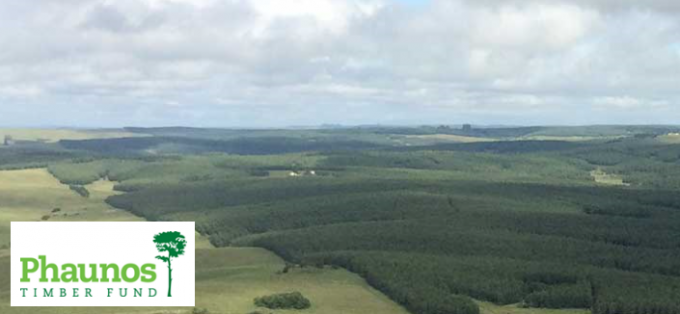Phaunos Timber Fund announced this morning that it intends to appoint Stafford Timberland Limited as managers of the fund. They want to press on with restructuring the company and stick to the planned continuation vote in 2016. Phaunos say they will not be updating the net asset value before the annual valuation date at 31 December except that they might look at the value of their African holdings in the light of recent transactions.
Phaunos Timber Fund parted ways with its previous manager in December 2013. Stafford Timberland Limited were asked to review the portfolio and presented their findings today, we went along to the presentation. The Board have, after weighing up the costs and benefits of managing the fund in-house or appointing a third part manager, decided to hand the contract to Stafford Timberland Limited. Stafford manage assets of c$1.5bn in seven funds (and one co-investment). They cover most of the geographic regions that Phaunos invests in but don’t have a presence in Africa or China.
Stafford set out to produce a qualitative risk assessment on Phaunos and concluded that, very roughly, a third of the fund is low risk, a third is medium risk and a third is high risk.
In the low risk category sits their New Zealand based investment in Matariki. This has the advantage of being an older plantation, growing trees that have been shown to grow well on the site already and producing timber that has a wide variety of end uses. One potential downside they highlighted with this investment is that much of New Zealand’s timber is exported to China. Chinese timber inventories have been growing and this might be indicative of slower demand and weaker pricing for a while.
In the medium risk category are Aurora Forestal, Mata Mineira and Pradera Roja. Based in Uruguay and Brazil. They used the example of Mata Mineira, a eucalypt plantation, where the end use is charcoal which in turn is used to produce pig iron which in turn is used to make cars. Low demand for cars has had a knock-on effect on demand for charcoal. They could be producing 400,000 cubic metres a year but in reality they estimate market access limits this to between 130,000 and 235,000 cubic metres.
In the high risk category are Eucateca, the two African funds – Green Resources and GTFF – and Green China. Here Phaunos seems to have taken on almost venture capital style levels of risk. Eucateca is growing teak in Brazil – a new crop for this market, on greenfield sites (so there is no certainty that the trees will grow well), with no clear end demand for the product and exports only available via a port that is 1,600km away. These investments are some way away from producing cash for the fund.
Phaunos Timber fund needs cash flow however (Stafford recommend that the fund should have two years operating costs on hand). The Board says the new management arrangements will save the company approximately $3m a year but the fund needs to sell assets and / or secure a credit line to fund itself. Phaunos are open to bids for certain assets (for example Pradera Roja sits in Uruguay where land values have been increasing) but say it is unlikely that anything will be concluded in the next 90 days. The overall aim of this portfolio management will be to increase the quality of the assets and improve cash flow. Stafford will work on cutting overheads further – they reckon there is potential for another $1m to $3m of annual cost savings.
The terms of the new management agreement are that Stafford gets 0.35% of the company’s market capitalisation (which looks like a significant improvement on the old arrangement whereby Four Winds received 1.5% of the gross assets). However Stafford will also get warrants in the fund and this has the potential to dilute shareholders’ returns. The warrants will be issued in three tranches over three years. there will be 30 million of them in total. They will vest in five, four and three years (i.e. all at the same point given the staggered issuance). The strike prices for these are 50 cents, 58 cents and 63 cents. this compares to a bid price, at the time of writing, of 41.75 cents and a net asset value at the end of December 2013 of 78 cents. If shareholders vote to discontinue the fund, the deal changes to 1% of the market cap. and 2% of the surplus assets above the strike prices mentioned above.
more information is available on the company’s website http://www.phaunostimber.com/
